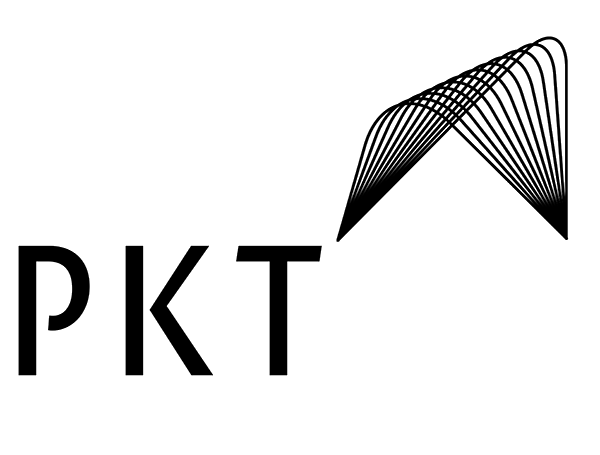
Tips for a Successful Directors Retreat | Leadership Strategies
Directors’ retreats offer an important opportunity for business leaders to get together and strategize for the future. While a retreat should be focused on goals and problems, it’s also important to leave space for leisurely activities and fun – it’s not a boot camp after all! Here are some tips to make the most of your retreat and ensure it’s both productive and enjoyable.
Atmosphere:
The atmosphere you create during your retreat will be important for the group’s comfort and enjoyment. Setting the mood for collaboration is essential for any successful meeting, but don’t forget about approaching the retreat with a playful spirit. Choose a retreat venue that will promote collaboration and comfort, such as a place with a casual atmosphere, or even a scenic lakeside spot. You can also hire outside facilitators to help guide conversations and provide entertainment.
Agenda:
Groups often overlook the importance of having an agenda for the retreat. It’s important to take the time to thoughtfully set out the agenda for the event so that everyone knows what to expect and how their time will be used. Designate each day for specific topics and allow time for discussion and leisurely activities. If you’re working with an outside facilitator, they will be able to help you plan a productive agenda.
Focus:
Once you have your agenda all set, it’s time to focus on what the retreat is really all about: collaborating and problem-solving as a team. Brainstorming sessions, game-playing, and constructive dialogue are all important elements of a successful retreat. A team-building activity amongst the directors will help encourage cross-departmental dialogue. Be sure to document any action items or decisions that are made, and make sure everyone is aware of the goals that have been set.
Strategies for Recording Progress and Feedback
The purpose of any corporate retreat, particularly for a team of Directors, is twofold: to review progress and to create strategies for the future. Both can be accomplished with the right planning and strategies. When it comes to recording progress and feedback during a Director’s retreat, there are a few points to consider.
Prior to the Retreat
Prior to the retreat, delegates being assessed should be given clear goals and expectations, so that their progress can be checked and evaluated. This helps to define what success looks like and the criteria that the Directors will evaluate throughout the retreat. Without this clearly defined information, it will be difficult to assess the progress and feedback accurately.
Gathering Feedback
Gathering feedback throughout the retreat is essential to understanding the progress made. There are several ways to collect feedback, ranging from surveys to one-on-one interviews. The method chosen should fit the situation and be tailored to fit particular needs. Surveys, for example, are great for getting a sense of how employees are feeling about the current state of affairs, while one-on-one interviews more easily get to the crux of issues, allowing for more in-depth feedback.
Achieving Clarity
Once the feedback is gathered, it’s important to clarify what everyone is saying, to ensure that it’s accurate and impartial. After collating the feedback, the Directors should assess it against the defined criteria, to ensure that the feedback matches the goals set out at the beginning of the retreat. Once the Directors have assessed the feedback, they can begin to create a plan of action and track their progress.
Documenting Processes and Progress
It’s important to document the progresses and actions taken during the retreat, so that the process remains accurate and verifiable. A simple notebook, digital document or even a whiteboard can all be used to record action steps and progress. This will help all the team members to stay on task and, where necessary, make changes as progress is made.
When organizing a Director’s retreat, it’s important to consider how to record progress and feedback. Prior to the retreat, delegates should be given clear goals and expectations. Gathering feedback during the retreat should be tailored to the particular needs and goals – for example, surveys can be used to measure employees’ feelings about the current state of affairs. Finally, it’s important to document the processes and progress throughout the retreat, to help ensure accuracy. With the right preparation and evaluation strategies, the Directors can ensure that their retreat meets its goals and objectives.
Conclusion:
A directors’ retreat can be both productive and enjoyable, and these tips will help you make the most of it. When setting up the agenda, focus on designing an event that promotes collaboration and trust. And don’t forget to give everyone a bit of time for leisure! With the right agenda, expectations and atmosphere, you’re sure to have a successful retreat and bring value to the organization.
Talk to us about planning your next Management Retreat
Leadership retreats for executives




